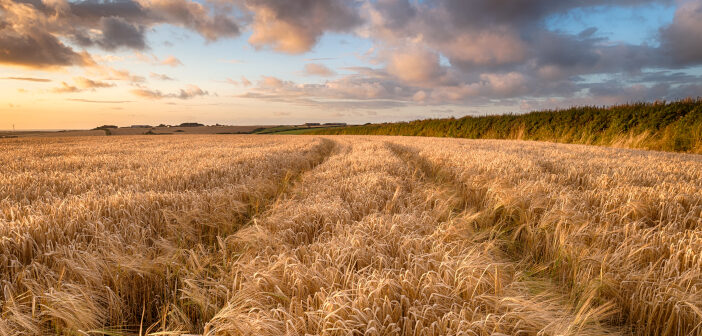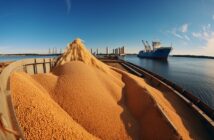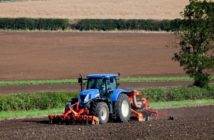Maximum barley yield and quality can be achieved through the application of robust PGRs.
At a recent BASF round table event, focussed on barley, growers from Scotland, Ireland and Wales shared details of their winter barley and spring barley PGR strategies.
Joe Conroy is an Independent Agronomist in the north east of the Irish republic where winter barley dominates, unlike the rest of Ireland where spring is the main crop.
A challenging autumn last year meant crops were difficult to get into the ground, but typically crops are sown from mid-October onwards because of Barley Yellow Dwarf Virus (BYDV) pressures. PGR, herbicide, and insecticide applications are made in November when the crop is at the two leaf stage. Mr Conroy said: “I think it’s a trick not to be missed to have a really small level of PGR, I use K2 (chlormequat), at this stage.”
At GS 29, PGRs, trace elements and fungicide are applied. He said: “We go out with 0.4 l/ha Medax Max® (prohexadione-calcium and trinexapac- ethyl), 1 l/ha K2, Zinc, Manganese and a robust fungicide to stop disease before it gets a foothold.”
According to Mr Conroy, it is the PGR application when the crop growth stage is in the 20s that makes the money. He said: “It’s a very simple system, a small application of PGR at the very early growth stage, and then a robust one. The function of that is to give you tillers. If we haven’t got the makings of a minimum of 1000 heads/m2 we are losing tonnes.”
A programme approach to PGRs can ensure the enhanced survival of side tillers, critical for yield in barley, and also increase fine roots for better nutrient uptake and root plate spread for greater anchorage, which reduces root lodging. The next application of PGR at GS 32 levels up the tillers, ensuring all the flag leaves will be the same size, getting the same level of sunlight and helping more accurate fungicide targeting.

Peter Chapman
In Aberdeenshire, at South Redbog near Strichen, Peter and Grace Chapman also use Medax Max® on their spring barley crop. Theirs is a high input, high output system which has seen them twice win the Yield Enhancement Network (YEN) Gold award for the best % of yield potential in spring barley.
PGRs have a major role in the agronomy at South Redbog, Mr Chapman said: “I don’t think growers appreciate the important role that PGRs have in agronomy to improve rooting and establishment. We are always getting drier summers, so we need to get the crops rooted better.”
Mr Chapman uses Medax Max® (prohexadione-calcium and trinexapac- ethyl) at GS 31-32 to try and keep crops standing, as soil fertility is an issue. He said: “We can get some very lush crops but we find Medax Max® does a very good job. It’s an excellent, safe product that we can use in a dry season.” Shortening internodes and thickening stems are key functions of these PGR active substances in preventing stem lodging and providing a reduction in brackling.
Barley is a delicate crop and managing it sensitively, with good agronomic decisions will pay dividends. A holistic approach over the course of the season is needed to delay the onset of Ramularia, a stress induced disease, and growers need to ensure that products do not stress their barley crops. Medax Max® and Canopy® are excellent on crop safety and have wide tank mix compatibility.
In Wales at Penmark Place in the Vale of Glamorgan, Julian Radcliffe is keen to minimise stress to his winter barley crop. He uses PGRs at GS 30 and 37 on his winter barley, with chlormequat plus Canopy® at the earlier application time, and Canopy® on its own at the latter. He said: “I am a big fan of Canopy® as I think it is not as harsh as other products on the crop.”




